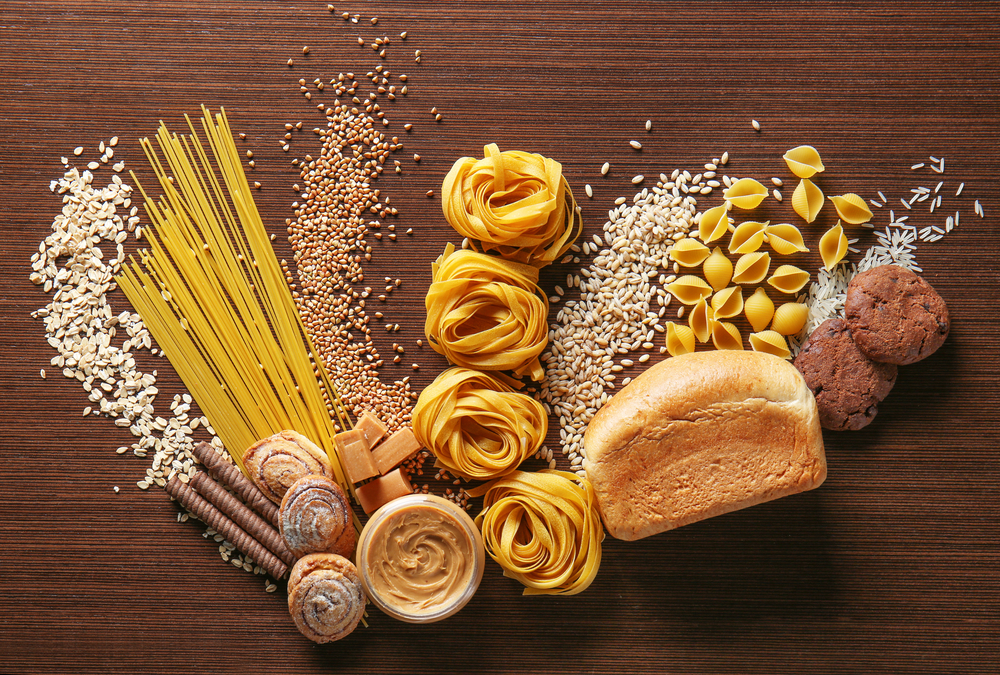It is important to know that the human body needs certain basic elements to function properly. There are two categories of energy intake that humans can have. On the one hand, there is food, which is characterised by calories, and on the other hand, there are nutrients, which form the basis of a person's energy.
Among these nutrients it is possible to distinguish two subcategories: macronutrients and micronutrients.
To be able to face a day, one must eat clean, undeteriorated food, a multitude of foods and keep the food balance. The multitude will allow the body to harvest a diversity of nutrients.
Indeed, to support physical activities, it will play a great role.
We can refer to the protein synthesis which plays a key role.
There is a grouping of recommended nutritional intakes, known as RNIs, which are essential to meet the vital needs of the human body. The body will need these intakes to avoid deficiencies, weight loss and some diseases such as malnutrition and undernutrition.
A detailed view of macronutrients and micronutrients is needed to understand their importance.
Energy intake: macronutrients
These are the direct nutrients that can be found in food. They are found in various foods consumed on a daily basis. These are the direct energy carriers. The members of the macronutrient family are proteins, carbohydrates and fats.
Basically, the balance is always made on the notion of calorie consumption.
If more calories are consumed than burned, there will be a fattening phenomenon. Otherwise, if the calorie consumption is lower than the calorie burned, there will be a shortage, which will lead to weight loss.
It is the judgement of the calorie intake or more precisely the nutrients that will determine the whole thing.
The different types of macronutrients
Macronutrients are composed of three main nutrients:
THE PRESENCE OF PROTEIN
In terms of dosage, just one gram of protein provides 4 calories. Protein is contained in eggs, tuna and salmon, all types of meat, pulses, nuts and spinach, and many other foods, but those mentioned are within easy reach.
A collection of 20 amino acids make up proteins, of which 10 are essential: tryptophan, valine, threonine, phenylalanine, methionine, lysine, leucine, isoleucine, histidine, arginine.
Concerning the dosage, it is taken from 0. 8 to 2 grams per kilo. It is necessary to be careful with excesses which can cause kidney stones.
On the other hand, protein promotes cell regeneration and certain body parts such as hair and nails. It also aids digestion and strengthens antibodies. They play a role in immunity and body building.
THE PRESENCE OF CARBOHYDRATES
The dosage is the same as for proteins with a contribution of 4 calories. They are mainly found in flour, sugar, rice, and therefore in starchy foods.
It is mainly used as an energy source for the muscles and the brain.
When they are synthesised, there is a part that reinforces energy and another part that is stored in the liver.
The internal immune system (in the gut) will be strengthened by prebiotics and probiotics. Digestion will be facilitated and cholesterol levels will be controlled. Sportsmen and women take food supplements to benefit from all these advantages.
THE PRESENCE OF LIPIDS
For the dosage, 1 gram is equivalent to 9 calories. Egg yolks, avocados and olives contain lipids.
The good circulation of certain vitamins is favoured by lipids: vitamin A, D, E and K.
They contain fatty acids which are saturated (butter), monounsaturated, polyunsaturated (avocado), trans fatty acids (margarine).
Macronutrients have an immediate role and provide for the long term.
Energy intake: micronutrients
Micronutrients are composed of vitamins and minerals. They have no calorie intake, but are mainly chemical compounds that allow cell renewal, detoxification of the body and the fight against aging. They can be found in vegetables on an empty stomach.
Micronutrients are taken orally and through food. There are two types of vitamins: water-soluble and fat-soluble. The water-soluble ones are vitamins B, C brought by fruits which have an imposing hydraulic constitution. Vitamins A, D, E and K are provided by lipids.
External nutrient supplies are essential, as they are not renewable in the body. Of the 13 types of vitamins, the diet must be adjusted to take advantage of their beneficial effects.
There are also mineral salts that keep their natural appearance, types of micronutrients that can be found in certain foods. There is also iron, which promotes the creation of red blood cells.
There are 15 types of trace elements that can be distinguished. They include calcium, iron, copper and gold. The term oligo, which means little, limits the excessive consumption of micronutrients, which is dangerous. The normal composition of a balanced diet is 98% macronutrients and 2% micronutrients.
To summarise, micronutrients are the essential needs and macronutrients provide the energy needed by the human body.
To conclude, a few notions deserve to be summarised. There is the phenomenon of the chemical transformation of organic food. In this process, there is the degradation on the potential which allows a good nutrition, the best.
Among the limits we can also talk about pollution and the medicines taken which decrease the sensitivity to micronutrients. The intake of nutrients concerns the athlete to protect against bone fractures, pregnant women must compensate their loss of energy by taking them. They are available on prescription.



